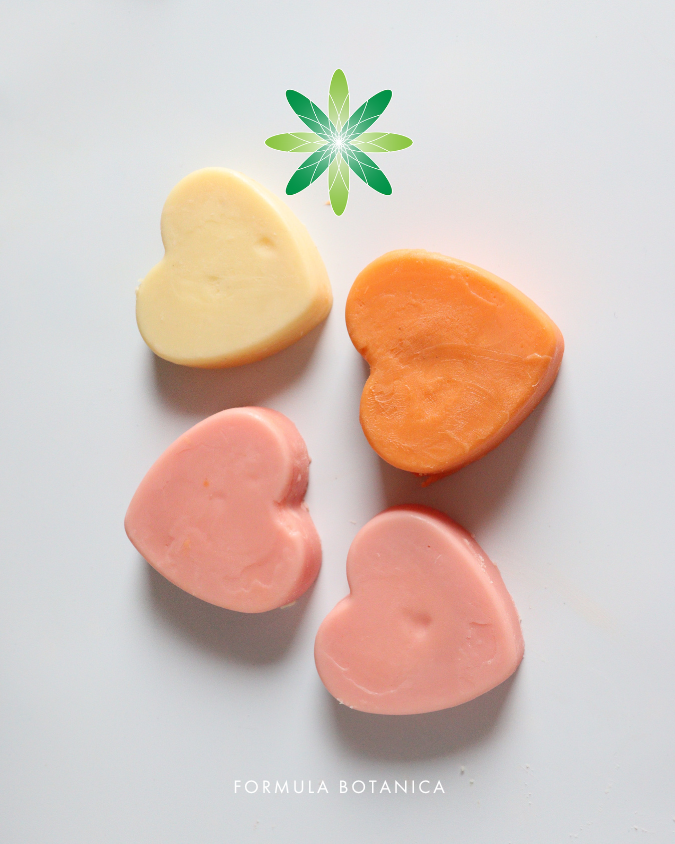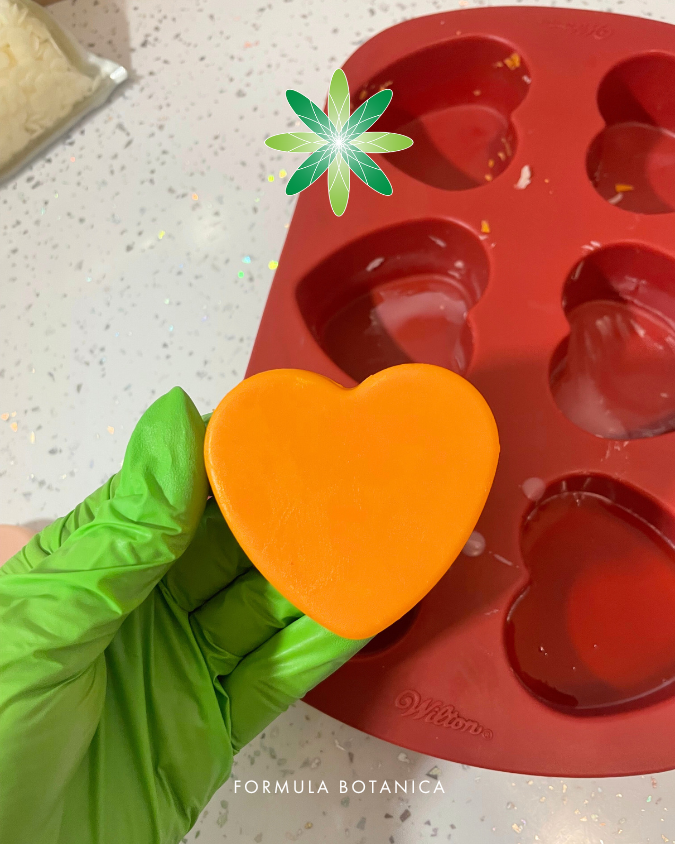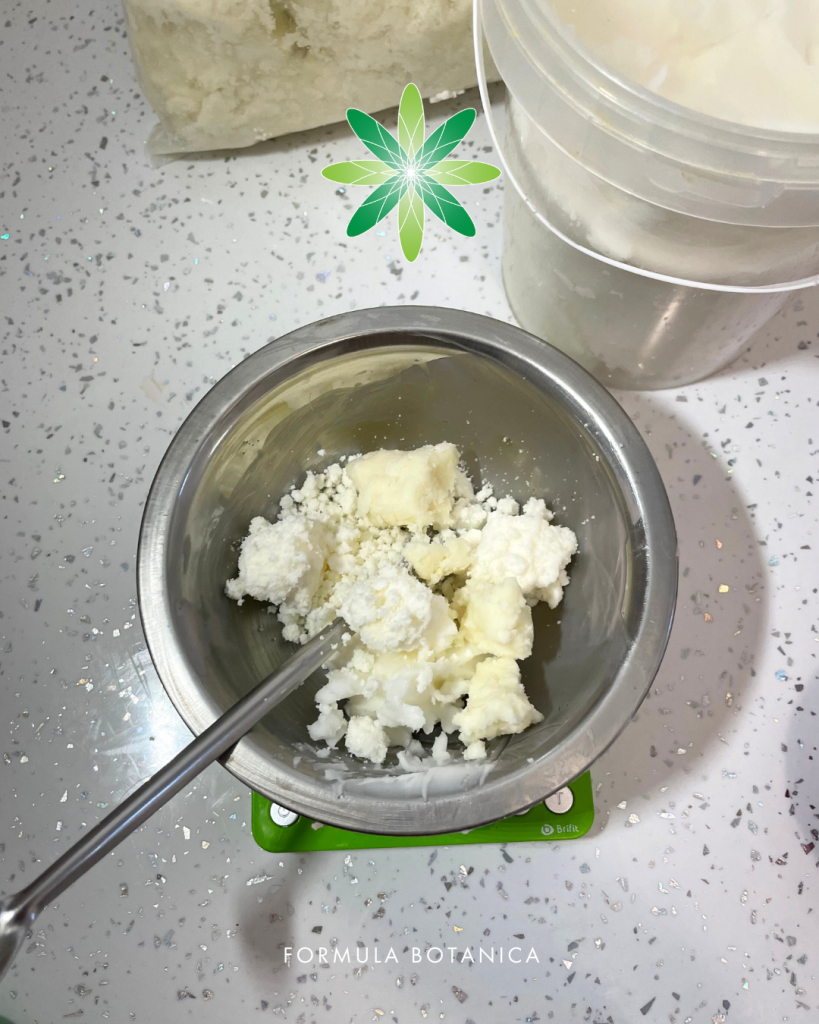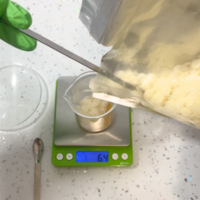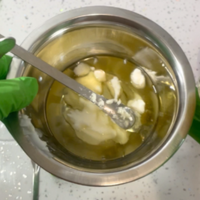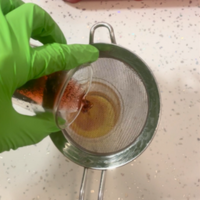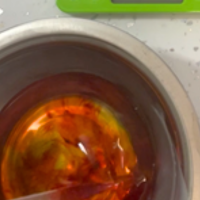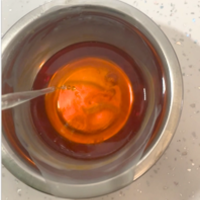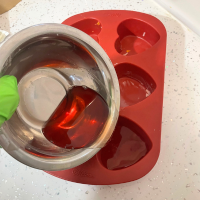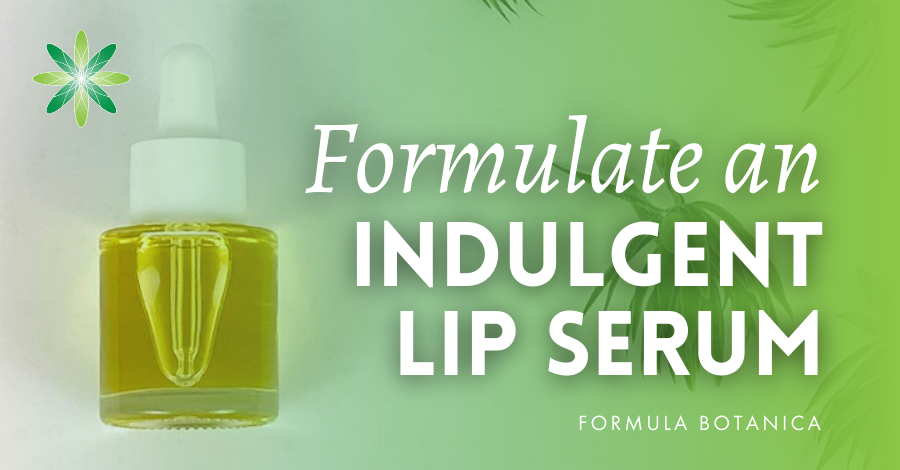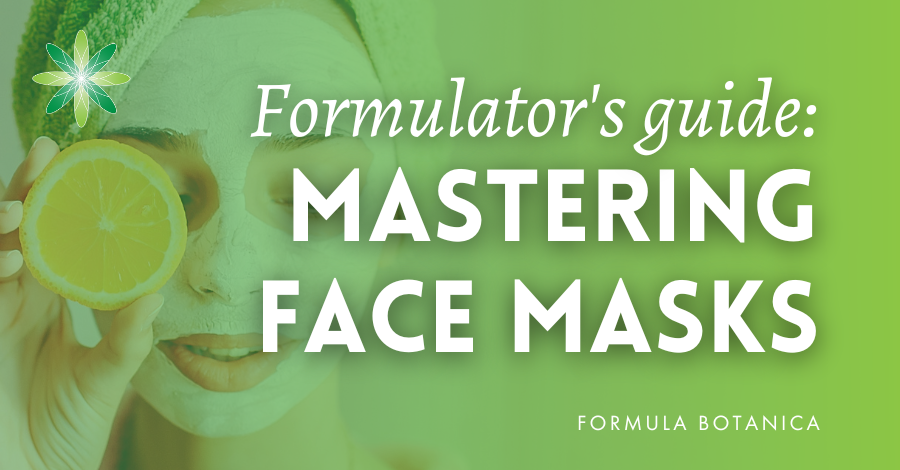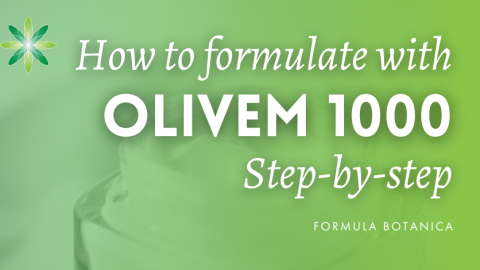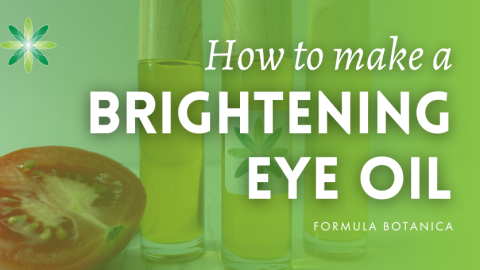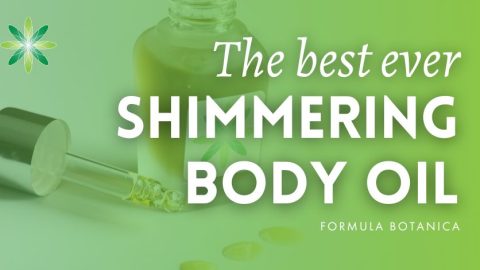If you love the idea of an unfussy, slimline skincare routine in sustainable beauty products that don’t compromise on ease of use and efficacy, then our formulation for these colourful DIY lotion bars is for you.
Not too long ago, solid beauty was typically seen as more artisanal and less high performance, but it has well and truly shaken off those preconceptions. Our Green Beauty Conversations podcast has interviewed several solid beauty pioneers who have embraced the luxe end of the market.
To discover how things are changing in the world of waterless beauty, just listen to our episode with SBTRCT, a skincare company that is trailblazing high-performance ingredients in solid form in everything from cleansers to serums.
You too can join the solid skincare revolution by making these easy, colourful DIY lotion bars in the formulation below. Our lotion bars come in various colours, scents and formulation compositions to suit different skin types and preferences.
There are endless possibilities for you to personalise their scent, colour and benefits. You can include additional ingredients like exfoliants or aromatherapy oils for added benefits and aesthetics.
Lotion bar benefits: easy to use and store
Unlike traditional liquid lotions that come in bottles or tubes, lotion bars are solid at room temperature which gives them advantages that are not only practical, but also makes them more eco-friendly. They can be stored and transported easily in tins or cardboard tubes of various shapes and designs.
To use a lotion bar, you simply rub it between your hands or directly onto your skin. The heat of your body melts a small amount of the bar, allowing it to glide over your skin. The melted lotion can then be massaged in, leaving your skin feeling soft and moisturised.
Let’s get formulating.
Formulating lotions bars: tips
Simple they may be, but there are some key things to note when formulating lotion bars. One of the biggest challenges is getting the right feel on the skin and this comes down to the bar’s consistency. The thickness of the bar (so it can be handled easily too), its sensory feel on the skin along with its glide and aroma are key to defining the perfect bar.
Get the texture wrong, and you can end up with graininess. Overdose on the colourant and aroma, and the lotion bar will be off putting to use. You need to experiment to avoid a draggy or too thick waxy texture, or conversely, a bar that is too soft and melts after even a small temperature increase. All these issues are signs that you may have a faulty formulation concept, stability issues or a flawed manufacturing technique.
Worry not. By following our method carefully, you can make these fabulous lotions bars. We suggest practising with our formulation before adjusting to include your own additional ingredients.
Our lotion bar ingredients
As we want these lotion bars to be easy to make, we’ve selected some simple ingredients that you can find readily. Naturally, a waterless product has only oil-soluble (lipophilic) ingredients, from the foundational oils, butters and waxes to the plant-based extracts and colourants we’ve included.
Our key ingredients
Solid butters – we prefer using those that are widely available, such as shea butter, mango butter, and vanilla butter (which is a vanilla extract in hydrogenated sunflower oil, according to its INCI). We’ve a guide to understanding INCI, if it’s new to you. Of course, you can experiment with butters of your choice, but we recommend keeping the butters at about 60-65% of the formulation. This will help give the lotion bars an ideal texture. For tips on working with shea butter, see our post:
Liquid oils or carrier oils – we selected beautifully nourishing oils, like sweet almond oil, apricot kernel oil and jojoba seed as well as oil triglycerides and esters that give a lighter feel on the skin, such as caprylic/capric triglycerides and coco caprylate caprate. Take a look at these articles on some of the best and most useful carrier oils to have in your formulation store:
Top 10 botanical oils every formulator needs
10 best zero waste oils for natural formulation
Waxes – since we want to have our product solid, but to melt easily in contact with the skin, we need to use thickeners, and botanical waxes are among the best ingredients to thicken anhydrous products. There are a lot of different types of waxes on the market that can be added to the formulation. We selected natural, plant-derived waxes – sunflower seed wax and carnauba wax. Both waxes have high melting points and can provide beautiful texture, firmness and shine. Our guide to vegan waxes explains these choices:
6 vegan waxes for cosmetic formulation
How to work with natural cosmetic waxes
Plant-based extracts – it is desirable to add some ingredients in the form of oil-soluble extracts to the product. These add extra benefits to the skin such as properties ideal for skin nourishment and radiance and for targeting the needs of mature skin. Some of them also have an inherently appealing, as well as stable colour. We’re using an alkanet extract in this formula, but you are welcome to experiment with also annatto, green tea or coffee extracts to enhance the colour of the lotion bars. For more suggestions, see:
Antioxidants play an important role in the formula. As we are working with all-natural plant-based lipids, adding an antioxidant will protect them from oxidative processes that come naturally as the lotion bar ages. Tocopherols are a big group of molecules that can scavenge free radicals and mitigate the effect of the oxidative processes. For more on what antioxidants are and how they work in cosmetics, see our guide:
Essential oils – bodycare products often include essential oils for their fragrance and additional skincare benefits. Common choices are fresh citrusy notes or flower notes such as rose, geranium, or ylang ylang. When using these ingredients it is important to follow your suppliers’ recommendations and comply with the International Fragrance Association (IFRA) standards, which regulate the use of essential oils in cosmetic products to ensure their safety.
Our formulation: colourful lotion bars
Makes: recommended trial batch size: approx. 100g.
Formulation: hot-process formulation.
Time taken: 30 minutes.
Level: beginner-level formulation to personalise and adapt.
| Phase | Ingredients | INCI | Weight (g) |
| A | Shea butter | Butyrospermum parkii butter | 15.00 |
| A | Mango butter | Mangifera indica seed butter | 25.00 |
| A | Vanilla butter | Helianthus annus (Sunflower oil) & Hydrogenated vegetable oil & Vanilla plantifolia fruit oil | 22.00 |
| A | Castor oil | Ricinus communis seed oil | 3.00 |
| A | Sunflower seed wax | Helianthus annuus seed wax | 13.00 |
| A | Candelilla wax | Euphorbia cerifera wax | 3.00 |
| A | Carnauba wax | Copernicia cerifera wax | 3.00 |
| B | Alkanet root powder | Alkanna tinctoria root powder | 0.50 |
| B | Sweet almond oil | Prunus amygdalus dulcis seed oil | 14.00 |
| C | Lavender essential oil | Lavandula angustifolia flower oil | 0.50 |
| D | Tocopherol | Tocopherol | 1.00 |
| Total: 100.00 |
Equipment:
- Scales
- Glass beakers
- Stainless steel container for whipping
- Stainless steel spoons
- Silicone spatula
- Hot plate
- Water bath
- Thermometer
- Disposable pipettes
- Suitable container/ silicone mould
Method of manufacture: Lotion bars
- Preparation
Sanitise your utensils and work area, and wear appropriate personal protective equipment and follow Good Manufacturing Practice. (Not sure how? Enrol for Formula Botanica’s Diploma in Organic Skincare Formulation).
- Measure oils, waxes and butters
Measure the oils, butters and waxes (all phase A ingredients – do not include the sweet almond oil of phase B) into a beaker or stainless steel bowl.
- Melt and stir
In a water bath or bain marie, let the oils, butters and waxes melt gently and fully, and mix continuously to distribute heat evenly.
- Infuse the colourant
Make an infusion of the alkanet root powder with the sweet almond oil and let the blend steep for a few minutes to extract the colour, and then strain it. You will notice that a certain amount of oil becomes absorbed by the plant powder. To have the formula up to 100%, weigh the oil infusion and top up the sweet almond oil to add any missing oil content to the formula.
- Combine melted blend with the colourant infusion
Pour the extracted oil with the colourant into the main beaker with the melted butters and waxes (now removed from the water bath or bain marie), and mix in fully.
- Add tocopherol and essential oil
Let the blend cool down slightly before adding the tocopherol and essential oil (preferably below 65°C), and mix them in well.
- Form in moulds
Pour the blend into silicone moulds and let the lotion bars harden completely. Then, turn them out of the mould and store labeled and batch dated.
Formulation tips: lotion bars
- This formulation represents a simple, easy-to-make lotion bar, although you are welcome to change the composition of butter and oils to make the bars softer or harder. This may be necessary in your climate.
- You can experiment also with different waxes and butters to get an idea of how the different ingredients interact and which impact on viscosity, hardness, and skin feel.
- Natural colorants are fun to use and some provide an attractive and also stable colour – mostly in yellow to rich orange hues. Sea buckthorn oil, buah merah oil, or annatto seed extract are good examples of these shades. Be creative and enjoy your time in the lab.
Suggested suppliers
Many of the suppliers below ship internationally. We indicate their country or regional base.
Aromazone (EU).
Aromantic (UK)
Alexmo Cosmetics (EU)
Manske (EU)
Soap Kitchen (UK)
Elemental (EU)
Lotioncrafter (USA)
Essential Wholesale (USA)
Go Native (New Zealand)
Naturally Balmy (UK)
O&3 – The Oil Family (UK, EU)
Soap & More (Canada)
Handy Made (Slovakia/EU)
FREE TRAINING
Learn how to become an
Organic Skincare Formulator
FREE TRAINING
How to become an
Organic Skincare Entrepreneur
FREE TRAINING
How to become an
Organic Skincare Entrepreneur
Leave us a comment

Miroslava is a former grading tutor at Formula Botanica. She has a Ph.D in neuroscience, expertise in biology and chemistry, and a lifelong passion for natural cosmetic formulation.


